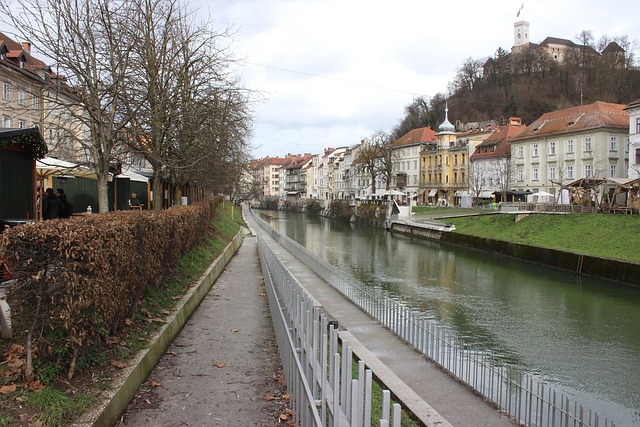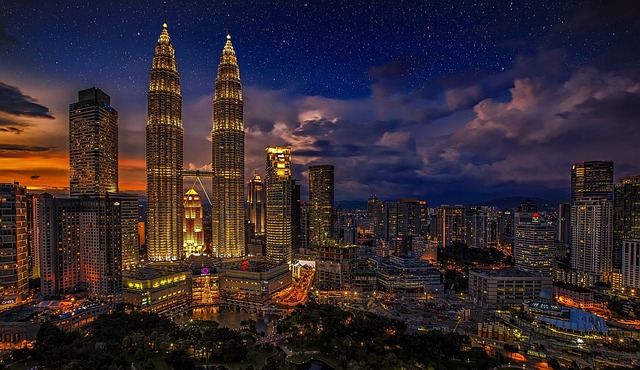Karachi's economic growth is driven by its robust gas infrastructure, serving both residential and industrial sectors within its civil lines. However, rapid urban expansion has led to demand outstripping supply, causing frequent shortages. To address these challenges, local authorities are modernizing pipelines, implementing advanced metering systems, exploring LNG, and promoting renewable energy initiatives like solar or wind power. Smart city technologies and hybrid energy solutions aim to create a more efficient, accessible, and sustainable gas distribution network for Karachi's vibrant population.
In Karachi, gas availability in civil lines has become a pressing issue, impacting daily life and economic growth. This article delves into the current state of gas infrastructure within these densely populated areas, examining challenges such as aging networks and distribution inefficiencies. We explore potential solutions to enhance availability, including technological advancements and strategic investments. Additionally, we look towards innovative future prospects that could revolutionize gas distribution in Karachi’s civil lines.
- Gas Infrastructure in Karachi: A Snapshot of Current Civil Lines
- Challenges and Solutions for Enhanced Gas Availability
- Future Prospects: Innovative Approaches to Improve Gas Distribution in Karachi's Civil Lines
Gas Infrastructure in Karachi: A Snapshot of Current Civil Lines

Karachi, as Pakistan’s economic hub, boasts a robust gas infrastructure that serves both residential and industrial needs in its civil lines. The city’s network comprises a complex system of pipelines, storage facilities, and distribution centers, ensuring a steady supply of natural gas to various neighborhoods and businesses. This well-established framework plays a pivotal role in Karachi’s continued growth, providing a reliable energy source for the region’s ever-evolving urban landscape.
The civil lines of Karachi are characterized by an efficient gas distribution network that has been meticulously designed to cater to the diverse energy demands of the city. Local authorities and utility companies have invested significantly in modernizing these systems, incorporating advanced technologies to enhance safety, reliability, and accessibility. As a result, residents and businesses alike enjoy improved access to clean and affordable energy, contributing to Karachi’s status as a dynamic metropolitan center.
Challenges and Solutions for Enhanced Gas Availability

In Karachi, ensuring gas availability presents unique challenges due to the city’s immense population and rapid urban growth. The demand for natural gas outstrips supply, leading to frequent shortages and disruptions in domestic and industrial sectors. One major hurdle is the aging infrastructure, with leaks and inefficient distribution systems contributing to waste and reduced accessibility. To address these issues, authorities in Karachi have embarked on ambitious modernization projects. Upgrading pipelines, implementing advanced metering systems, and exploring alternative gas sources like LNG (Liquefied Natural Gas) are key strategies to enhance availability.
Additionally, promoting renewable energy sources and improving energy conservation practices can alleviate pressure on traditional gas networks. The city is witnessing the rise of solar and wind energy initiatives, which not only diversify energy sources but also help manage peak demand. By combining these solutions, Karachi aims to create a more resilient and sustainable gas distribution network capable of meeting the growing needs of its vibrant population.
Future Prospects: Innovative Approaches to Improve Gas Distribution in Karachi's Civil Lines

In the ever-evolving urban landscape of Karachi, the future of gas distribution in Civil Lines demands innovative solutions to keep pace with the city’s growing needs. The traditional methods of gas delivery face challenges in terms of efficiency and accessibility, especially in densely populated areas like Civil Lines. To address this, smart city initiatives could revolutionize gas infrastructure by implementing advanced digital technologies for real-time monitoring and control. This includes the adoption of smart meters and digital networks to improve distribution networks’ overall performance and reliability.
One promising approach is the integration of renewable energy sources into the gas distribution system. By harnessing solar or wind power, Karachi can diversify its energy portfolio, enhance sustainability, and reduce carbon emissions. Additionally, exploring hybrid solutions combining natural gas with biogas derived from organic waste can further improve efficiency and create a more resilient energy network. These innovative strategies not only ensure a steady supply of gas in Civil Lines but also contribute to the city’s overall ecological health and economic development.
Karachi’s Civil Lines faces significant gas availability challenges, but with strategic interventions and innovative solutions, these can be overcome. By enhancing infrastructure, adopting advanced distribution techniques, and exploring alternative energy sources, the city can ensure a reliable and sustainable gas supply for its residents. The future of gas distribution in Karachi looks promising, offering improved efficiency, reduced costs, and better access to this vital resource, ultimately strengthening the city’s economic and social fabric.
